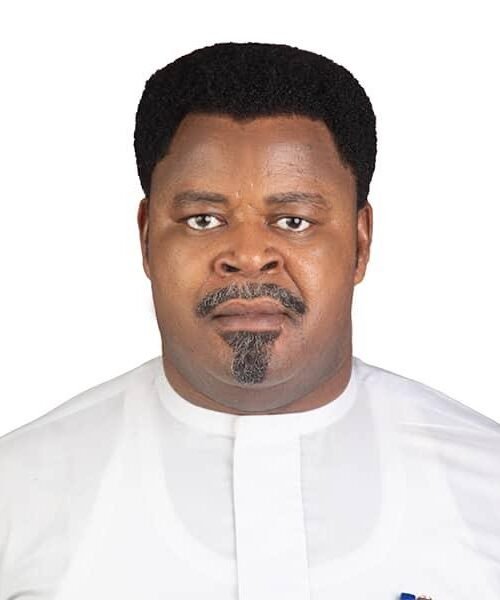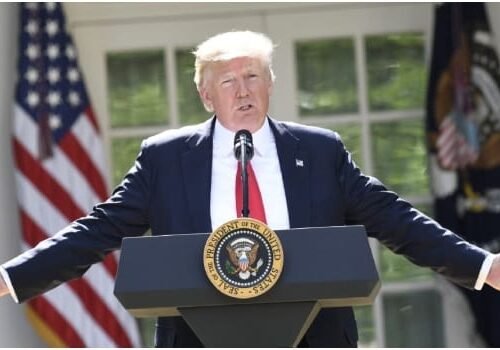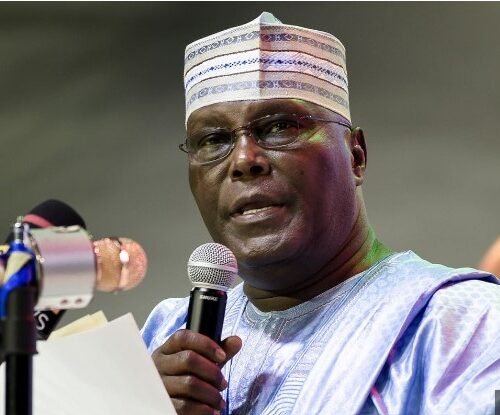Reps Approve Tinubu’s Additional $347 Million Loan Request For 2025–2026 Borrowing Plan
The House of Representatives has approved President Bola Tinubu’s request for an additional $347 million loan under the Federal Government’s 2025–2026 External Borrowing (Rolling) Plan.
This followed the consideration and adoption of a report presented by the House Committee on Aids, Loans, and Debt Management, chaired by Abubakar Nalaraba (APC, Nasarawa), during Wednesday’s plenary session.
The House gave its approval after dissolving into the Committee of Supply, where it unanimously endorsed the committee’s recommendations.
Coastal highway cost adjustment
PREMIUM TIMES reported that the Speaker of the House, Abbas Tajudeen, read a letter from Mr Tinubu on the House floor earlier in the day.
In it, the president explained that the adjustment was necessitated by an increase in the funding requirement for the Lagos-Calabar Coastal Highway, specifically Section 1 of Phase 1, whose cost had risen from $700 million to $747 million.
According to the president, the initial borrowing plan only reflected the $700 million previously secured by the project’s lead arranger. The additional $47 million will now be provided by Export Credit Agencies, completing the financial structure required for the project.

He emphasised that the proposed projects are economically viable and are expected to enhance national development through job creation, entrepreneurship, skill acquisition, and poverty reduction.
Recall that in May, President Tinubu transmitted a request to the National Assembly seeking approval for a borrowing plan totalling $21.54 billion, €2.19 billion, and ¥15 billion, along with a €65 million grant.
However, with the inclusion of an additional $47 million for the Lagos-Calabar Coastal Highway and $300 million for the Nigeria Universal Communications Access Project, the overall external loan component has now risen to $21.89 billion, reflecting an upward adjustment to accommodate newly identified critical infrastructure needs.
Key committee findings
In its report, the Committee on Aids, Loans, and Debt Management provided a detailed justification for the additional loan and the broader borrowing plan.
The committee disclosed that the Nigeria Universal Communications Access Project, a $300 million initiative targeting the deployment of 7,000 telecom towers in underserved communities, was inadvertently left out of the initial plan. The project is deemed vital to bridging the digital divide and aligning with the President’s Renewed Hope Agenda.
Many Ministries, Departments, and Agencies (MDAs) have struggled with effective project implementation due to funding delays. The loan, the committee said, will help ensure financial closure and timely project execution.
The projects were selected based on positive economic evaluations and their potential to spur employment, entrepreneurship, and poverty alleviation. Priority sectors include education, primary healthcare, railway infrastructure, security, agriculture, power generation, housing, and digital connectivity.
The borrowing will come from development partners offering concessional terms, low-interest rates, grace periods, and long repayment timelines which support Nigeria’s development agenda sustainably.
Flagship projects were also identified. They include; Hope Health, Education and Governance Project – $1.5 billion, Fibre Optics Network Rollout – $980 million, Sustainable Power & Irrigation Project – $500 million and Rural Access and Agricultural Markets Project Scale-Up – $500 million
These initiatives, according to the report, are expected to create millions of jobs, reduce food inflation, and strengthen foreign exchange earnings.
The Committee emphasised that despite the additional loans, Nigeria’s debt profile remains sustainable, with a debt-to-GDP ratio of about 50 per cent, still within the internationally accepted threshold of 56 per cent. As of 2025, Nigeria’s public debt stands at over ₦145 trillion.
The report also highlighted progress made by the Tinubu administration in reducing debt service-to-revenue ratio from over 90 per cent to less than 70 per cent, and projected further fiscal consolidation following the enactment of the Nigerian Tax Act 2025, which is expected to boost revenue by over 18 per cent year-on-year from 2026.
The loans, according to the committee, are spread across multiple development partners and concessional sources, thereby minimising short-term pressure on debt servicing obligations.
States to benefit
The committee noted that 12 states – Abia, Bauchi, Borno, Gombe, Kaduna, Katsina, Lagos, Niger, Oyo, Sokoto, Yobe, and Zamfara – are expected to benefit from various components of the loan for projects in infrastructure, clean energy, waterways, education, and healthcare.
Final recommendation and approval
Following its review, the Committee recommended approval of Mr Tinubu’s revised borrowing request, bringing the total external borrowing facility under the 2025–2026 plan to:
USD $21,890,647,912
EUR €2,193,856,324.54
JPY ¥15,000,000,000
Grant component: €65,000,000
The House thereafter approved the recommendation without objection.







